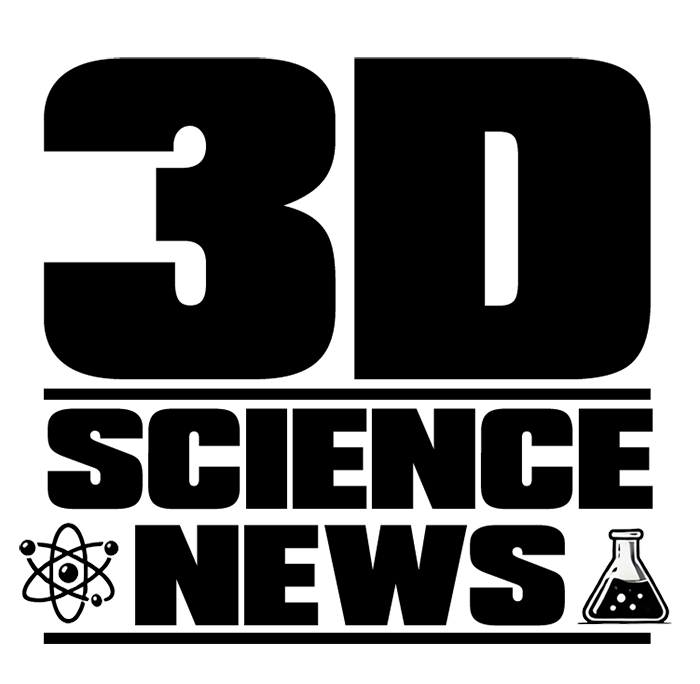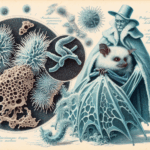Whales are colossal, majestic, and, as it turns out, the ocean’s most effective nutrient couriers. Their bathroom habits alone power entire ecosystems. For decades, scientists knew that whale poop fertilized the sea. But now, research reveals that their urine does something even wilder—transports vital nutrients across thousands of miles, reshaping entire marine food webs.
In 2010, scientists cracked the code on “whale poop pumps”—the process where whales feed in the deep, then expel nutrient-rich waste at the surface, fueling plankton blooms. But a new University of Vermont-led study uncovers another piece of the puzzle: whales don’t just move nutrients vertically. They also haul them across entire ocean basins, from cold, food-rich northern waters down to tropical breeding grounds, effectively smuggling life-giving nitrogen in their pee, dead skin, placentas, and the occasional carcass.
The tropics—famous for crystal-clear waters, which is science-speak for “nutrient-starved”—depend on these migratory giants. “These coastal areas often have clear waters, a sign of low nitrogen,” says Joe Roman, a biologist at the University of Vermont. “The movement of nitrogen and other nutrients can be important to the growth of phytoplankton, or microscopic algae, and provide food for sharks and other fish and many invertebrates.” Translation: no whales, no buffet.
Published in *Nature Communications*, the study estimates that great whales—humpbacks, right whales, gray whales, and their leviathan kin—deliver around 4,000 tons of nitrogen each year to tropical and subtropical coastlines. They also lug more than 45,000 tons of biomass. And before whaling nearly wiped them out? These numbers were likely triple.
### The Great Whale Conveyor Belt
Consider the humpback whales commuting between Alaska’s nutrient-rich smorgasbord and Hawaii’s idyllic, but food-poor, breeding grounds. According to researchers, this yearly migration dumps enough nutrients into Hawaiian waters to nearly double what ocean currents naturally bring in. Think of whales as living pipelines, funnelling resources from the deep sea straight into coral ecosystems and coastal fisheries.
Joe Roman calls this phenomenon the “great whale conveyor belt”—or, for the more visually inclined, a funnel. Whales dine across vast feeding grounds, but when it’s time to mate or give birth, they converge in tighter, shallower spaces. These areas become hotspots of organic input: skin flakes, urine, feces, and, when the time comes, deceased whales returning their full biomass back to the ecosystem.
Newborn whales don’t have the stamina to journey long distances immediately, so mothers stick to calm, shallow waters. This also helps them evade predators like orcas and overly enthusiastic male humpbacks. “Moms and newborns are calling all the time, staying in communication,” Roman explains. “And they don’t want predators, like killer whales, or breeding humpback males, to pick up on that.”
The result? Nutrients that were once spread thin across the open ocean get concentrated into compact, fertile zones—like composting for the sea. Coral reefs, fish populations, and even sharks benefit from this redistribution network, a process that would collapse without whales acting as the delivery system.
Five Fast Facts
- Humpback whales can migrate up to 16,000 miles annually—the longest migration of any mammal on Earth.
- Whale urine contains ammonia, a key ingredient in fertilizing plankton, which forms the base of the oceanic food chain.
- Before industrial whaling, some whale populations were 90% larger, meaning they used to transport exponentially more nutrients.
- The Hawaiian Islands Humpback Whale National Marine Sanctuary sees up to 10,000 humpbacks arrive each winter.
- A single whale fall (a dead whale sinking to the ocean floor) can feed deep-sea creatures for up to 50 years.





